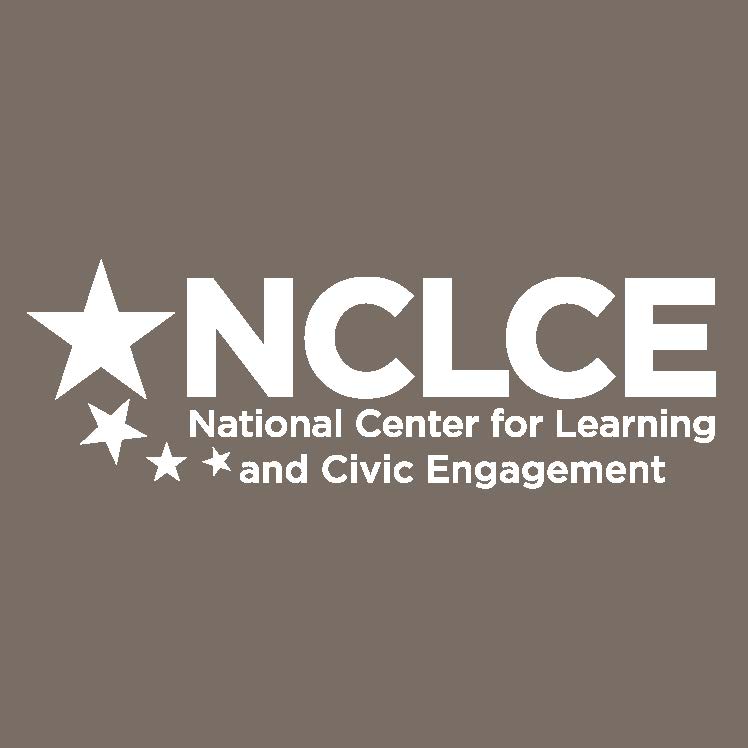“The problem is that we are constantly changing things and that teachers are having a hard time adapting.” “It’s not that we don’t like change; we don’t like the changes that have happened.” “If you want to be honest, we change things but we are terrible at improving things.”
Such complaints might be said to encapsulate the last two decades or so of education reform, and they are just as likely to be aired by a teacher as an administrator, an education scholar as a panelist on a Sunday morning news program. From new standards and new competitions for necessary funding to new high-stakes tests and new teacher evaluation tools, the barrage of accountability measures has overwhelmed education, widening the gap between “change” and “improvement.”
But these comments were made by students. The suggestion: Schools are constantly changing, yet not improving.
A growing body of international research in the field of student voice indicates a wide-range of outcomes for schools when students and educators lead schools together. Student voice ranges from youth sharing opinions and ideas about issues to leading change efforts with adults. Evidence indicates school change processes improve as do important student and organizational outcomes when youth and adults lead together (See Czerniawski &Kidd, 2011 for some examples).
Unfortunately, sociocultural conditions and structural arrangements inhibit change efforts in schools. That is, the assumptions individual and groups hold about each other and school problems create defensive, win-lose behaviors that often exacerbate rather than address unproductive policies and practices. And, school governing structures and decision-making processes are not organized in ways that distribute leadership.
Combined, these issues result in formal leaders making faulty decisions based on incomplete pictures of school challenges. Student voice research has uncovered that students often hold important insights into school challenges that would better inform change strategies. Though such leadership is rare, and there is a dearth of educational leadership research on the subject. The Education Commission of State’s National Center for Learning and Civic Engagement’s recent report on improving civic education, State Civic Education Policy Framework (Baumann, Millard & Hamdorf, 2014) calls on policy makers to help cultivate participatory institutional cultures in schools, leveraging students as assets for change as one strategy for facilitating effective civic learning and an important source of energy for school change.
With few holistic models addressing the sociocultural conditions and structural arrangements in schools such a call could remain unheeded. In other countries such as the United Kingdom and Australia there are laws mandating students partake in school decision-making processes. Here in the United States that is not the case.
Yet, there are powerful examples of youth and adult leading schools together, even scalable, sustainable models the public can draw lessons from. Through intense and prolonged ethnographic research, I documented such a model: “Student Voice and School Governance: Distributing Leadership to Youth and Adults” (forthcoming) advances educational leadership by examining the intersection of student voice, distributed leadership and organizational learning.
Of particular attention is the school governance model at Madison High School (MHS), a small public urban high school in the United States, which has executive, legislative and judicial branches. Constitutional principles and processes undergird MHS governance model and is supported by a civic program of studies, enabling students and educators to create, implement and review school policies and practices. My research indicates this model not only successfully distributes leadership to youth and adults and has done so for over eight years, it has triggered a host of practical and effective reforms, making it one of the most unique and robust student voice models in the world.
This research describes the decision-making processes and values and behaviors of youth and adult leaders the encourage collective leadership. In addition, the school’s civic and government course that supports youth-adult partnerships is also detailed and includes a discussion on the connection between coursework and the wider aims at advancing democracy.
Ultimately, this book pushes the fields of distributed leadership and student voice forward by illustrating how to spread authority and responsibility to youth and adults. And, by examining the quality of leadership activity, the MHS model advances our understanding of why youth leadership can trigger organizational learning.
References
- Gerry Czerniawski and Warren Kidd, The Student Voice Handbook: Bridging the Academic/Practitioner Divide (Bingley, WA: Emerald Group Publishing Limited), 2011
- Paul Baumann, Maria Millard and Leslie Hamdorf, State Civic Education Police Framework (Denver: Education Commission of the States and National Center for Learning and Civic Engagement, 2014).
Dr. Marc Brasof is an Assistant Professor of Education in the School of Education at Arcadia University. Dr. Brasof can be contacted at brasofm@arcadia.edu or through his Twitter account: @Brasof.




